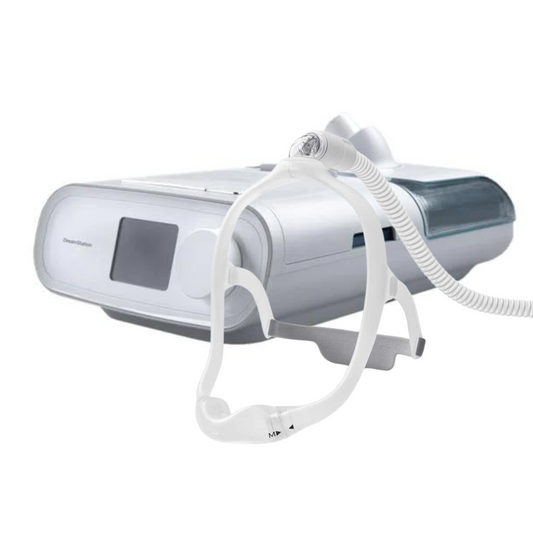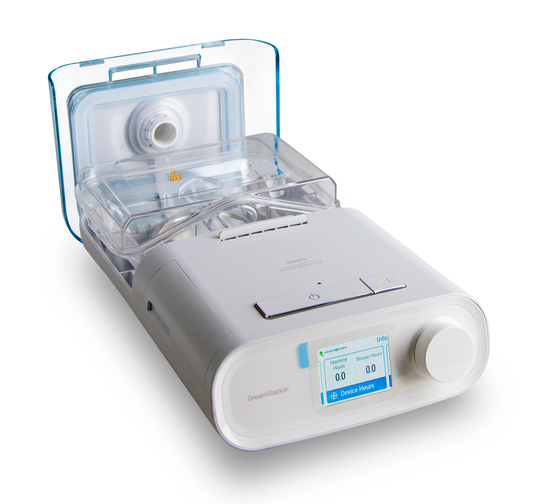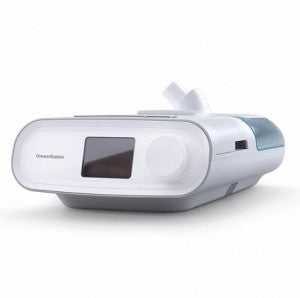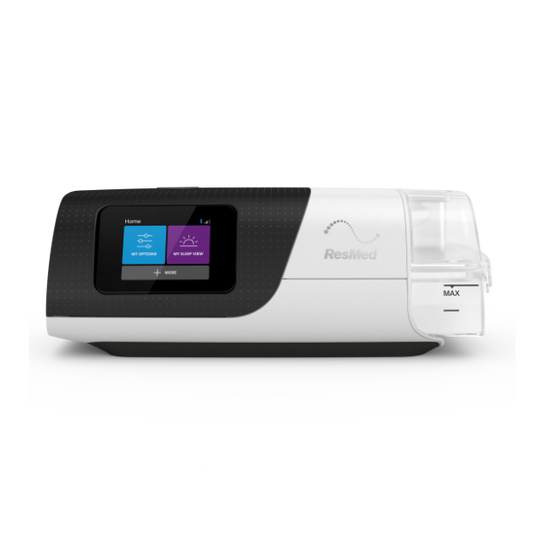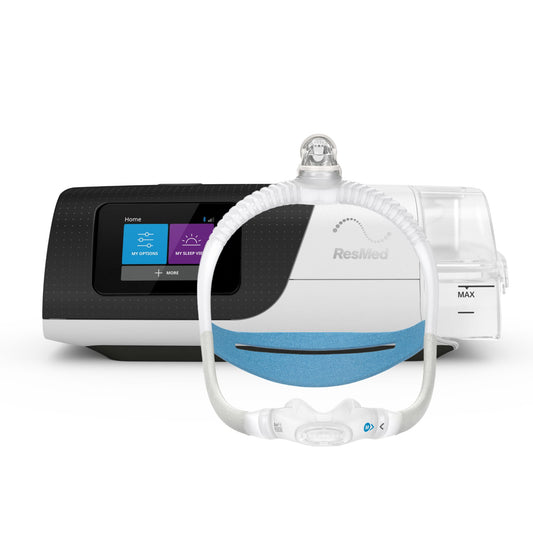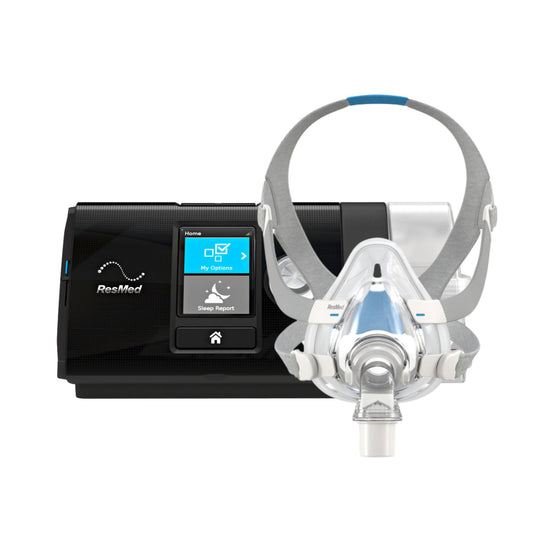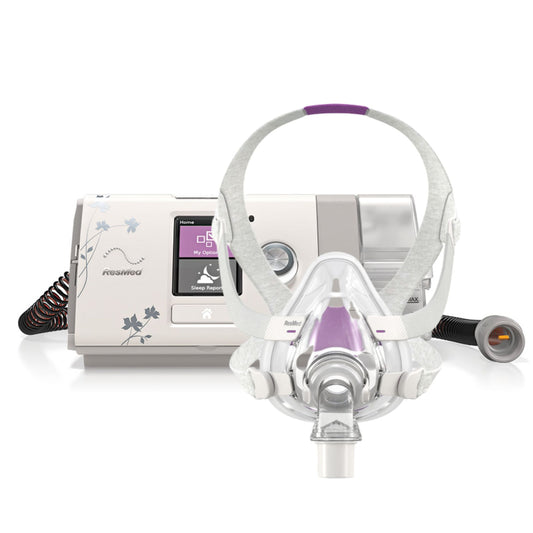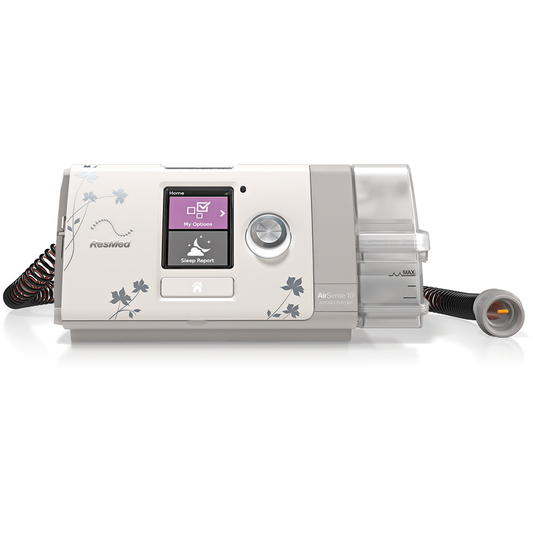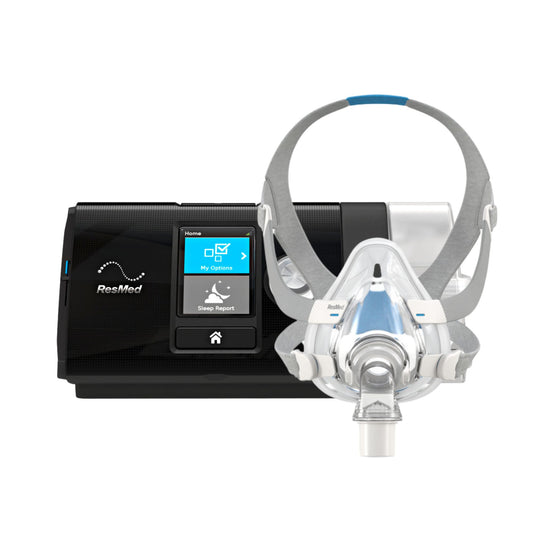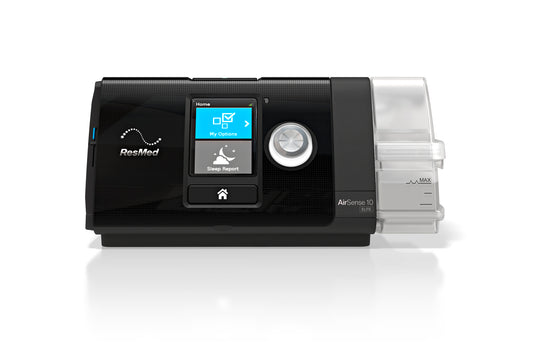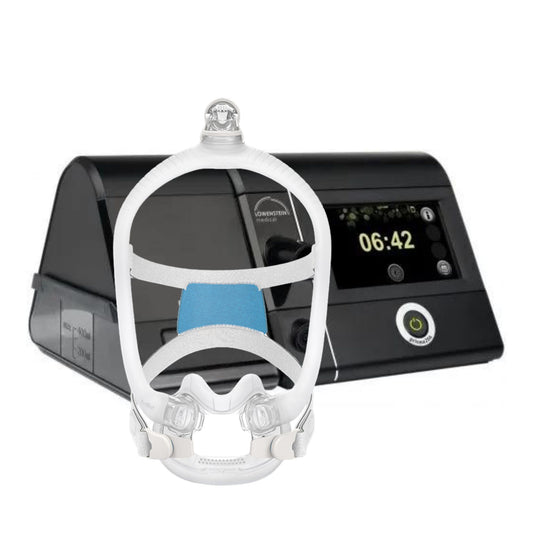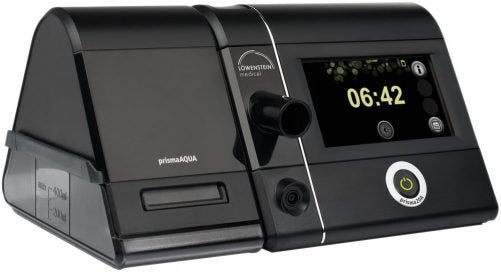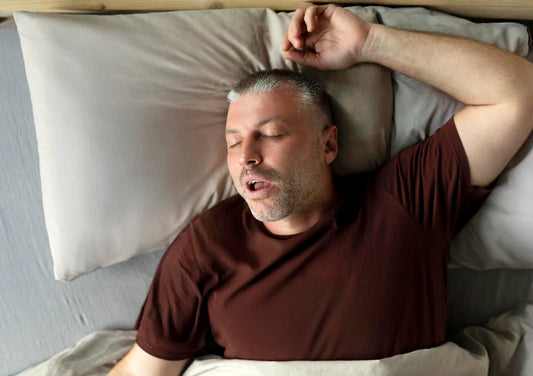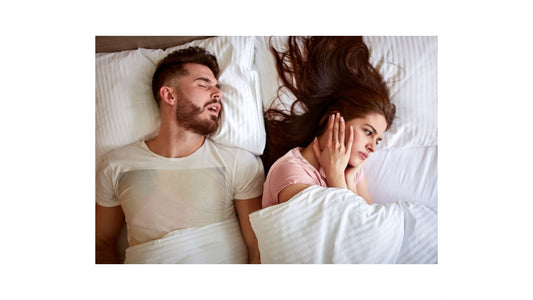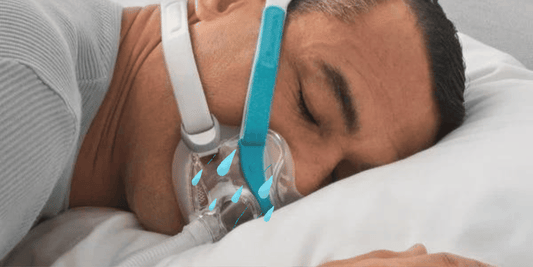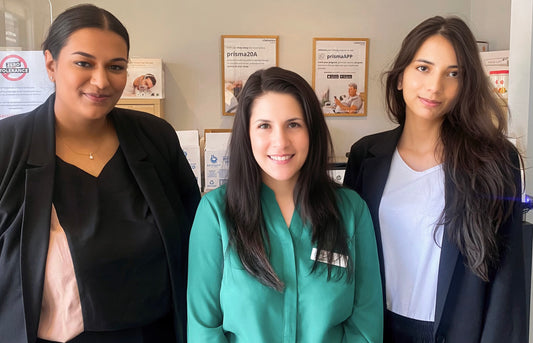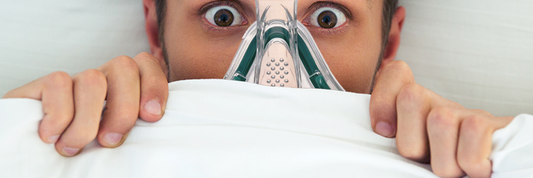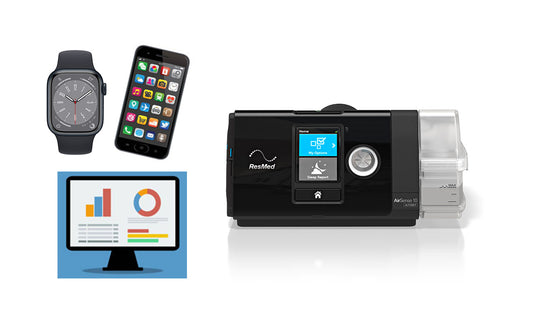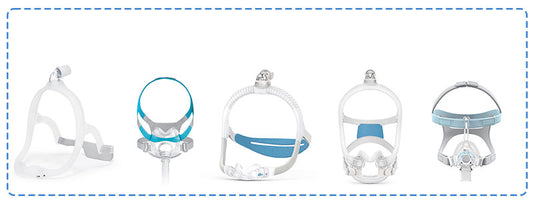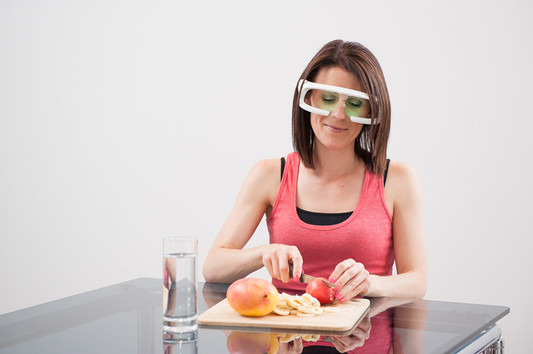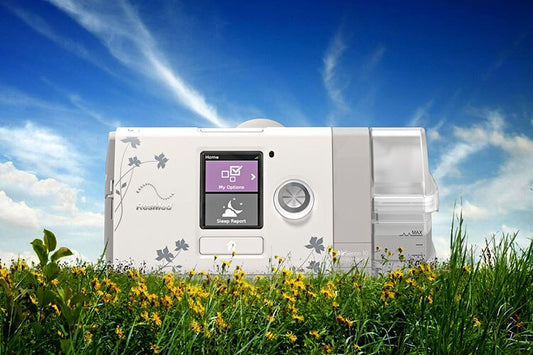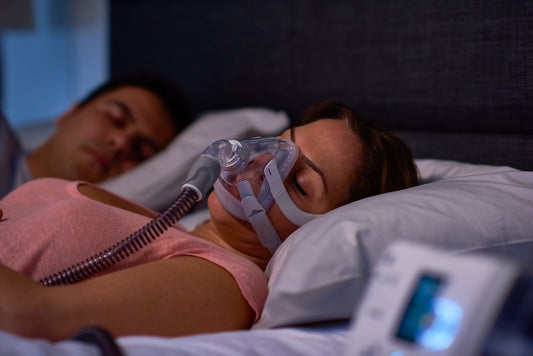Restful sleep is necessary for the healing and repairing of the body. Children may experience some type of sleep disorder without any lasting effect but for some, sleep problems may significantly affect their functioning and general well-being.
Studies indicated that children with sleep disorder are more prone to depression and anxiety disorders. They may have behavioural problems and school-age children, may exhibit low performance in their studies.
Prevalence of Sleep Disturbance
Health reports suggest that a great percentage of children around the world, are chronically sleep deprived. The U.S National Sleep Foundation (NSF) indicated that two out of three children below the age of 10 have experienced some form of sleep issue.
Surveys indicate that 25% of children between the ages of 1 to 5 experience some form of sleep disturbance. These disturbances may be sleep talking, nightmares, sleep walking, bruxism, trouble falling asleep, night terrors, enuresis and sleep rocking. It was found out that sleep disturbance seems to persist from infancy to later childhood. 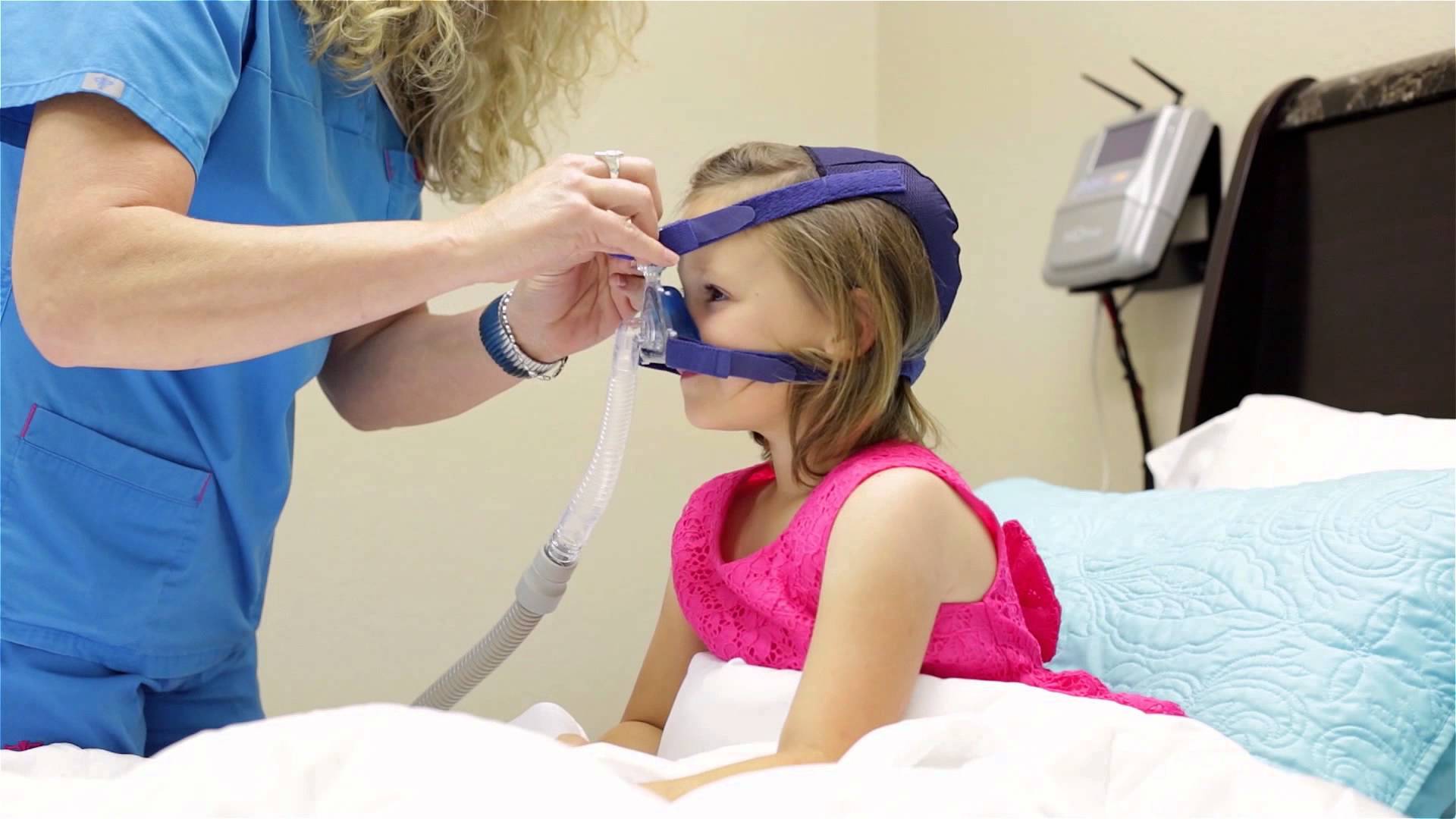
Two Categories of Sleep Disorders
Sleep disorders in children are classified into dyssomnias and parasomnias. Dyssomnias are sleep disorders that pertain to difficulty in falling asleep and maintaining restful sleep. It is also associated with extreme sleepiness. Dyssomnias pertains to the quality and amount of sleep. Some of these disorders include:
• narcolepsy - excessive sleepiness
• obstructive sleep apnoea - upper airway obstruction during sleep which causes the child to repetitive awakenings during the night
The above disorders are physiological in nature. However, there are also environmentally-related sleep disorders such as:
• adjustment sleep disorder - insomnia caused by stress, conflict or the environment
• limit-setting sleep disorder - difficulty in initiating sleep by refusing or stalling
• sleep-onset association disorder - the onset of sleep is impaired due to the absence of an object ( bottle, blanket) or circumstance ( being rocked to sleep, dim lights)
• nocturnal eating or drinking syndrome - being awakened repeatedly and unable to go back to sleep without eating or drinking
Parasomnias pertain to disrupted sleep after it has been initiated. A child with this type of sleep disorder wakes up or partially wakes up due to an event that happens while he sleeps. The complaint is more on the “disturbance” and not on its impact on wakefulness or sleeping.
The following are classified as such:
• confusional arousal - which is more common in children less than 5 years old wherein an episode is characterised by confusion before and after waking up.
• sleepwalking - this happens in 1-6% of children and may be aggravated by fever, lack of sleep, and medications
• sleep terrors - or night terrors are experienced by 3-6% of all children and most common in boys. This is characterised by sudden wakening, accompanied by a piercing scream and extreme fear.
Treatment for Sleep Disorders for Children
The common signs that a child is having sleep problems are:
• Snoring
• Difficulty falling asleep
• Breathing pauses during sleep
• Difficulty staying awake during the day
• Unexplained decrease in daytime performance
• Difficulty in sleeping through the night
• Sleepwalking or nightmares
If your child exhibits any of the following signs of sleep problem, it is best to see a paediatrician. Though most of the above mentioned sleep disorders eventually resolve on its own as a child reaches puberty, some sleep disorders can be treated by behavioural therapy. In the event of obstructive sleep apnoea, a fitting CPAP therapy is the answer.
Find a clinic or call us now for a consultation 1300 750 006.
